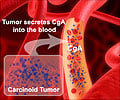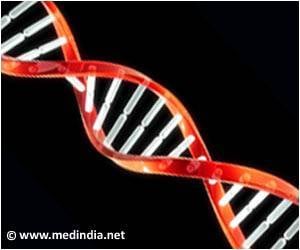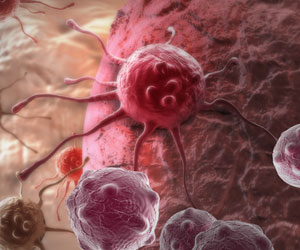Peptide receptor radionuclide therapy (PRRT) has revolutionized the management of neuroendocrine tumors, improving response rates and progression-free survival.

‘Peptide receptor radionuclide therapy (PRRT) has revolutionized the management of neuroendocrine tumors, improving response rates and progression-free survival.’





In the article "Myelotoxicity of Peptide Receptor Radionuclide Therapy of Neuendocrine Tumors: A Decade od Experience," Murali Kesavan and J. Harvey Turner, The University of Western
Australia (Crawley, Australia), state that PRRT has revolutionized the
management of patients with neuroendocrine tumors, improving tumor
response rates and patients' progression-free survival. However, the
associated toxicity to blood cells - with the potential to cause
thrombocytopenia and neutropenia and, in the long term, myelodysplastic
syndrome and acute leukemia - remains a risk and has limited the use of
PRRT. The researchers suggest that PRRT should more readily be considered a first-line agent in appropriate patients. Steps can be taken to minimize the risk of significant long-term effects, such as appropriate timing of therapy, patient selection criteria, dose optimization, and adequate monitoring.
"This is an important discussion of the efficacy and toxicity issues relating to the use of PRRT, as the therapy becomes more widely available for the treatment of gastroenteropancreatic neuroendocrine tumors with radiolabeled somatostatin analogs," says Co-Editor-in-Chief Donald J. Buchsbaum, Department of Radiation Oncology, Division of Radiation Biology, University of Alabama at Birmingham.
Source-Eurekalert









